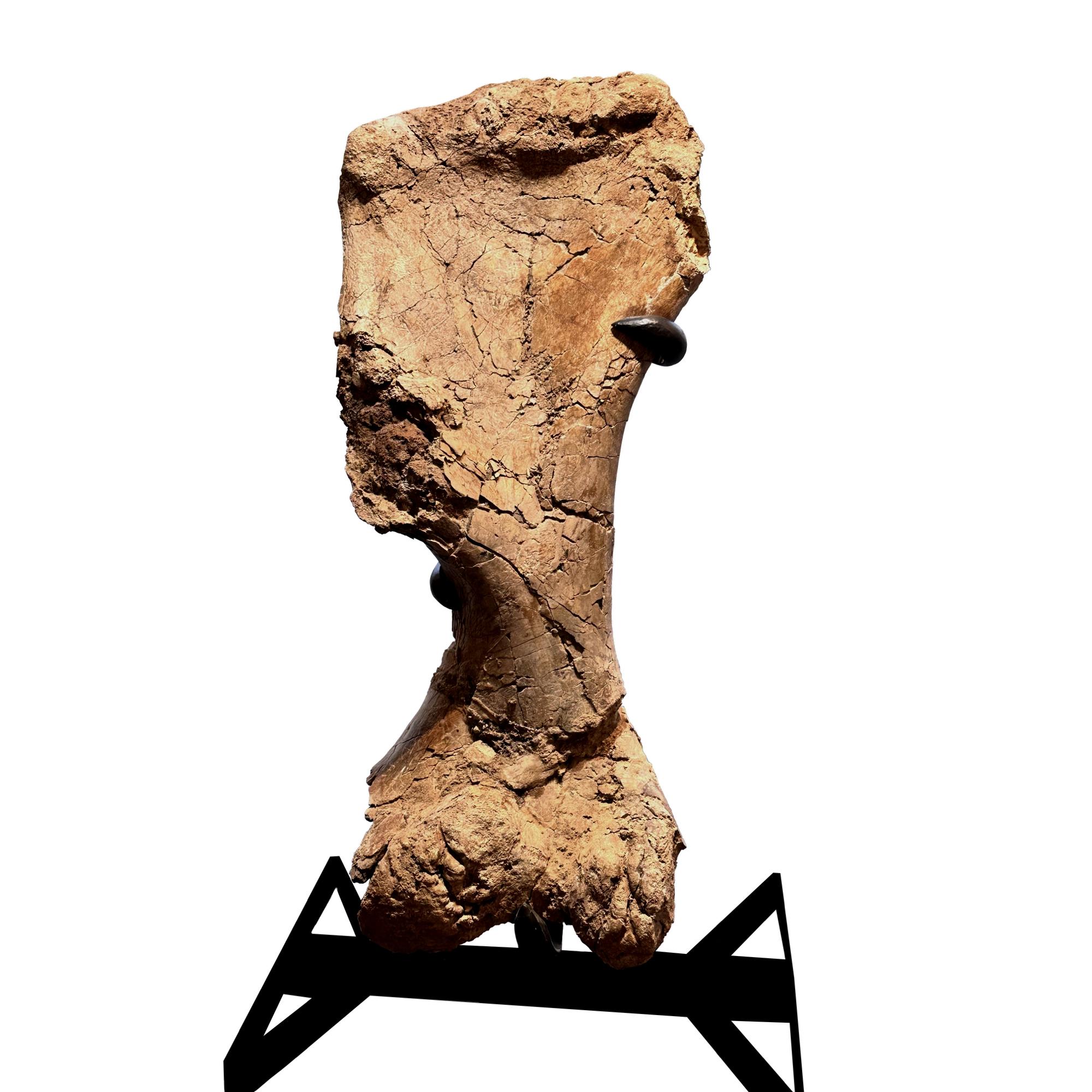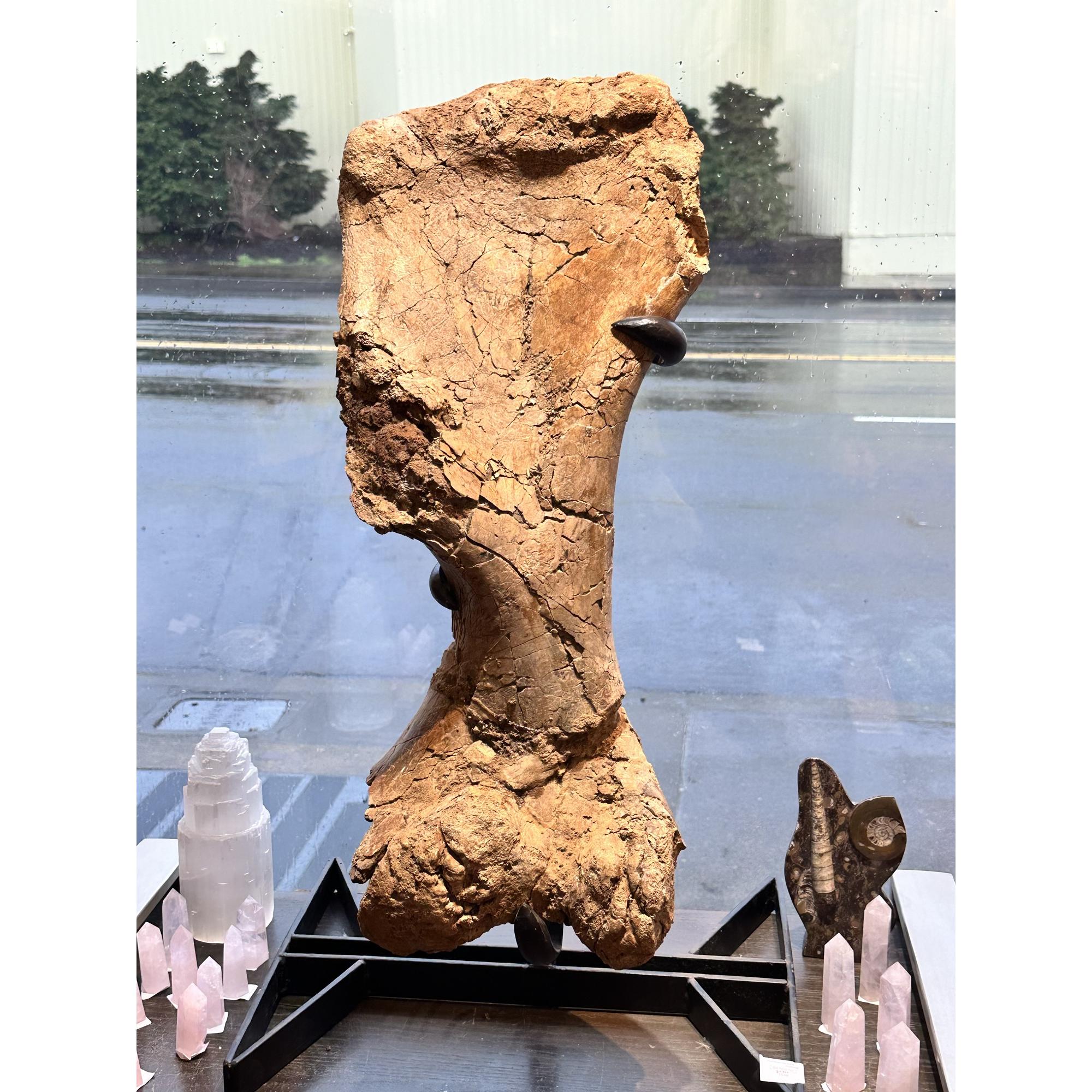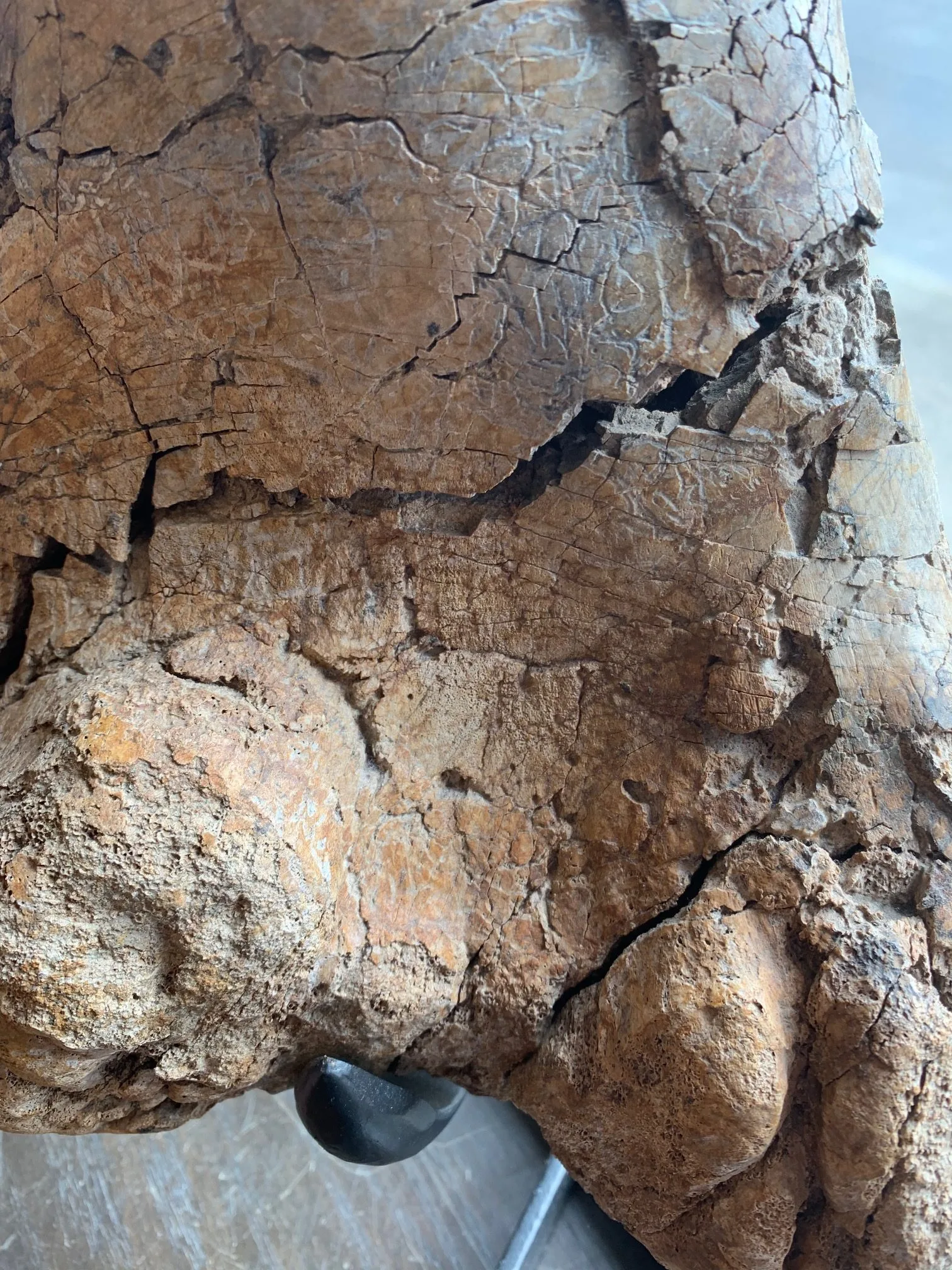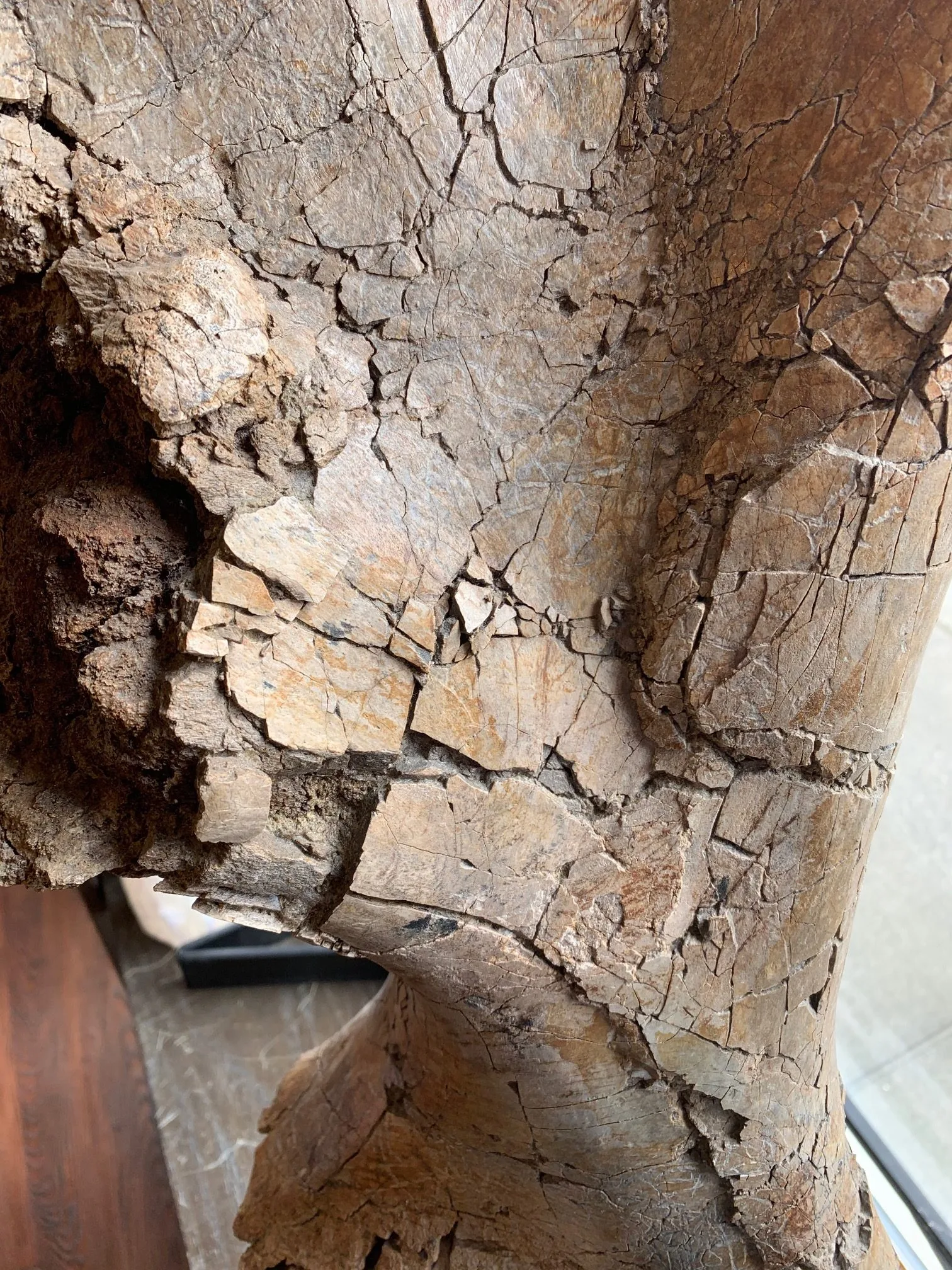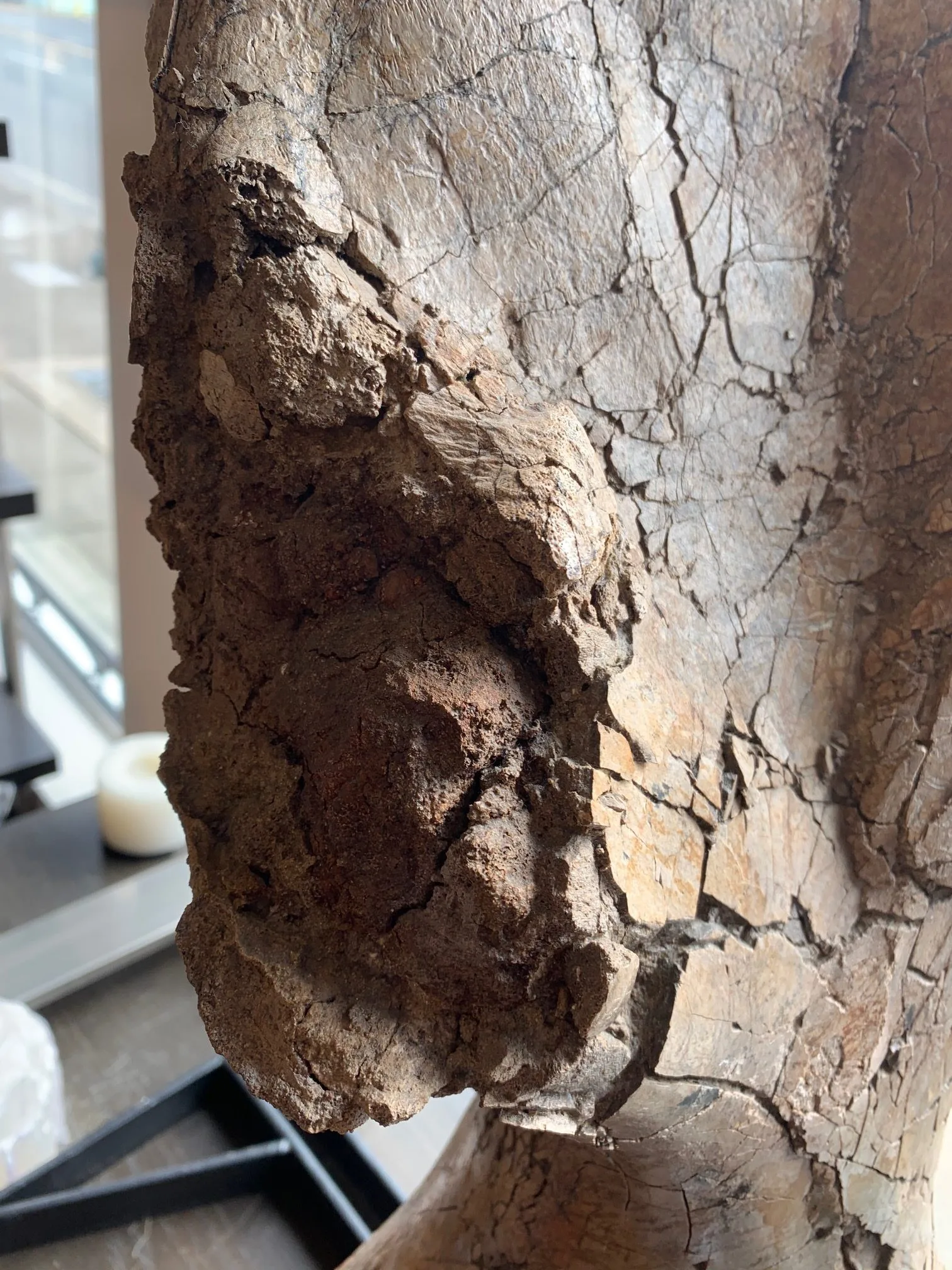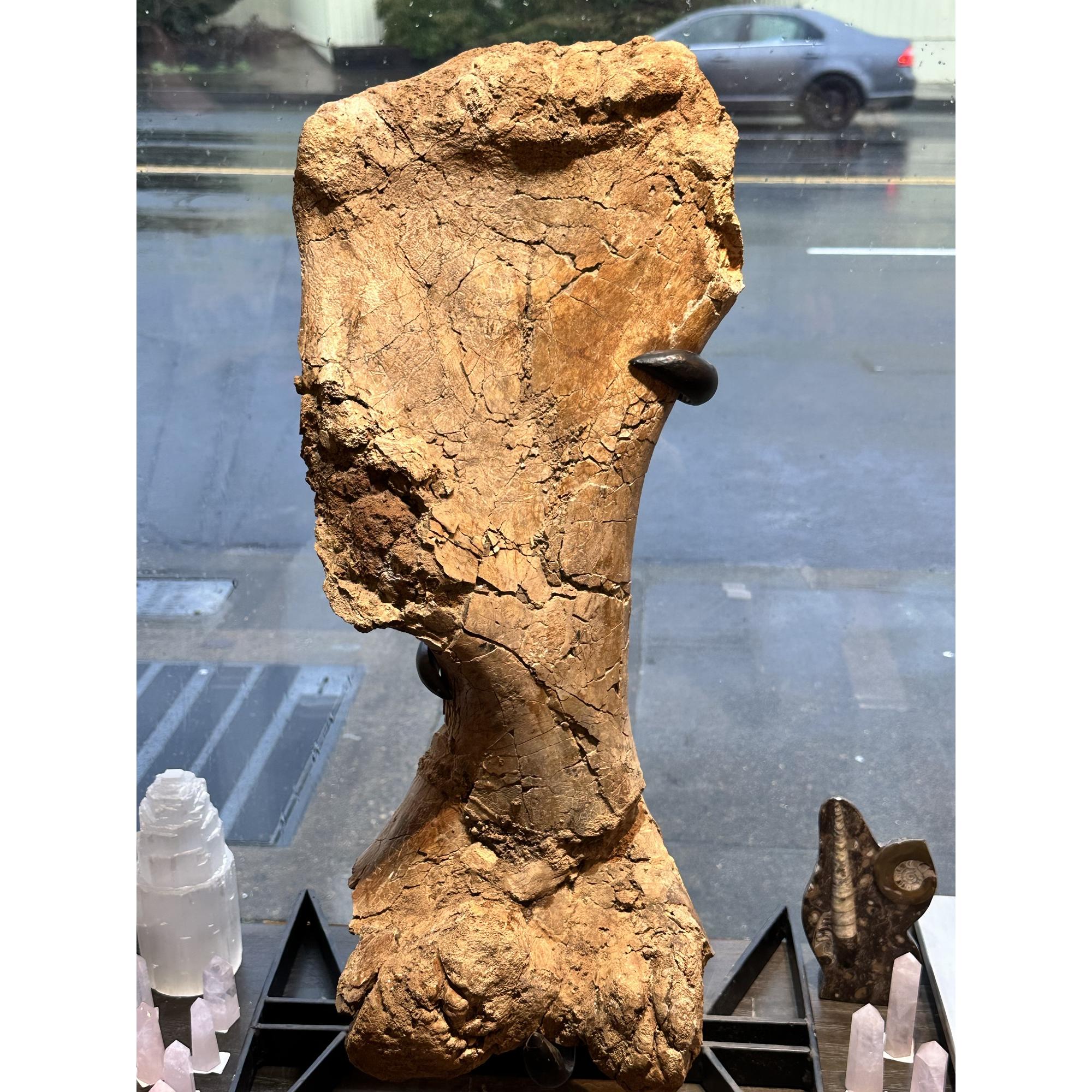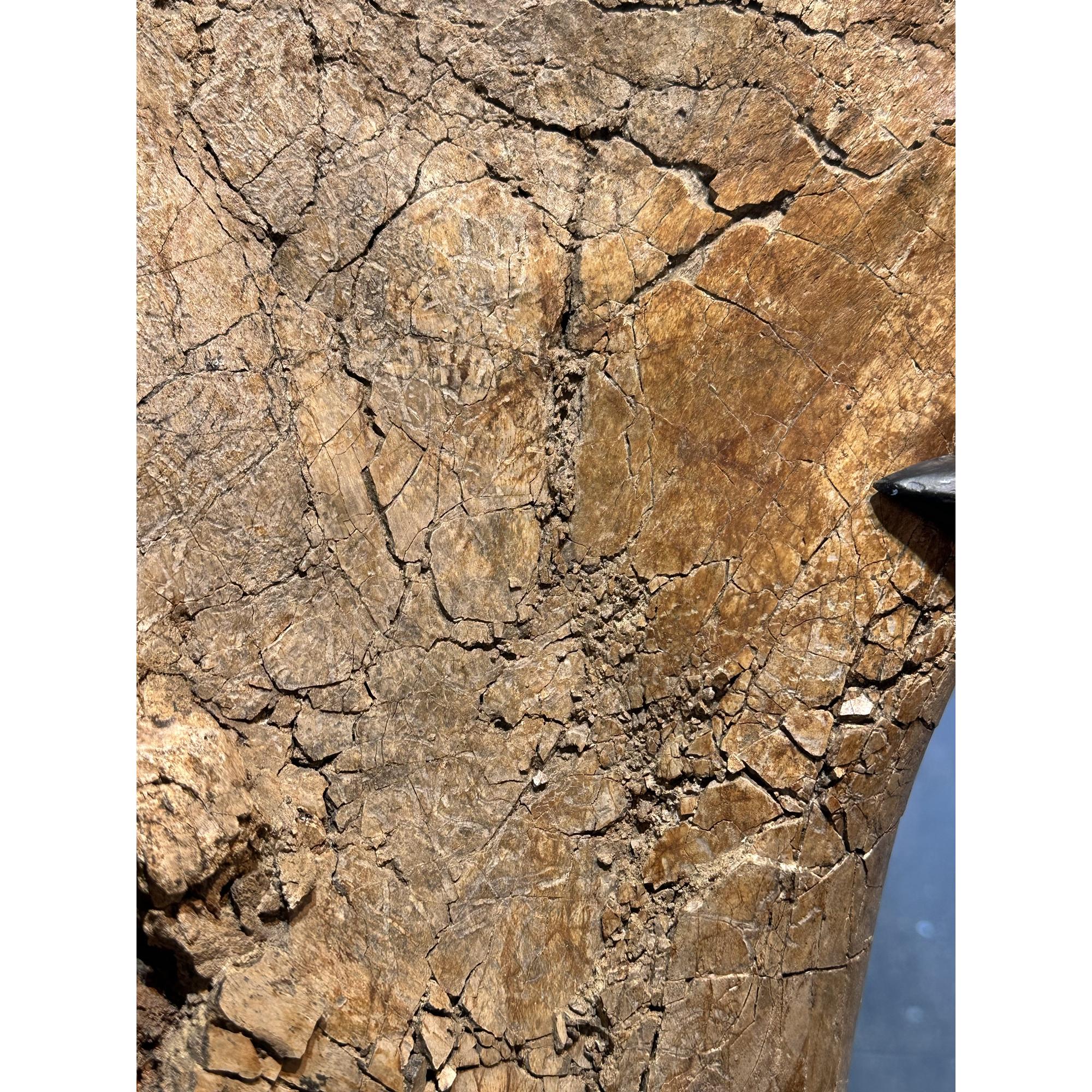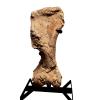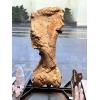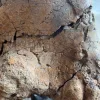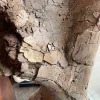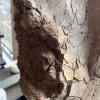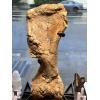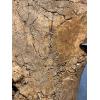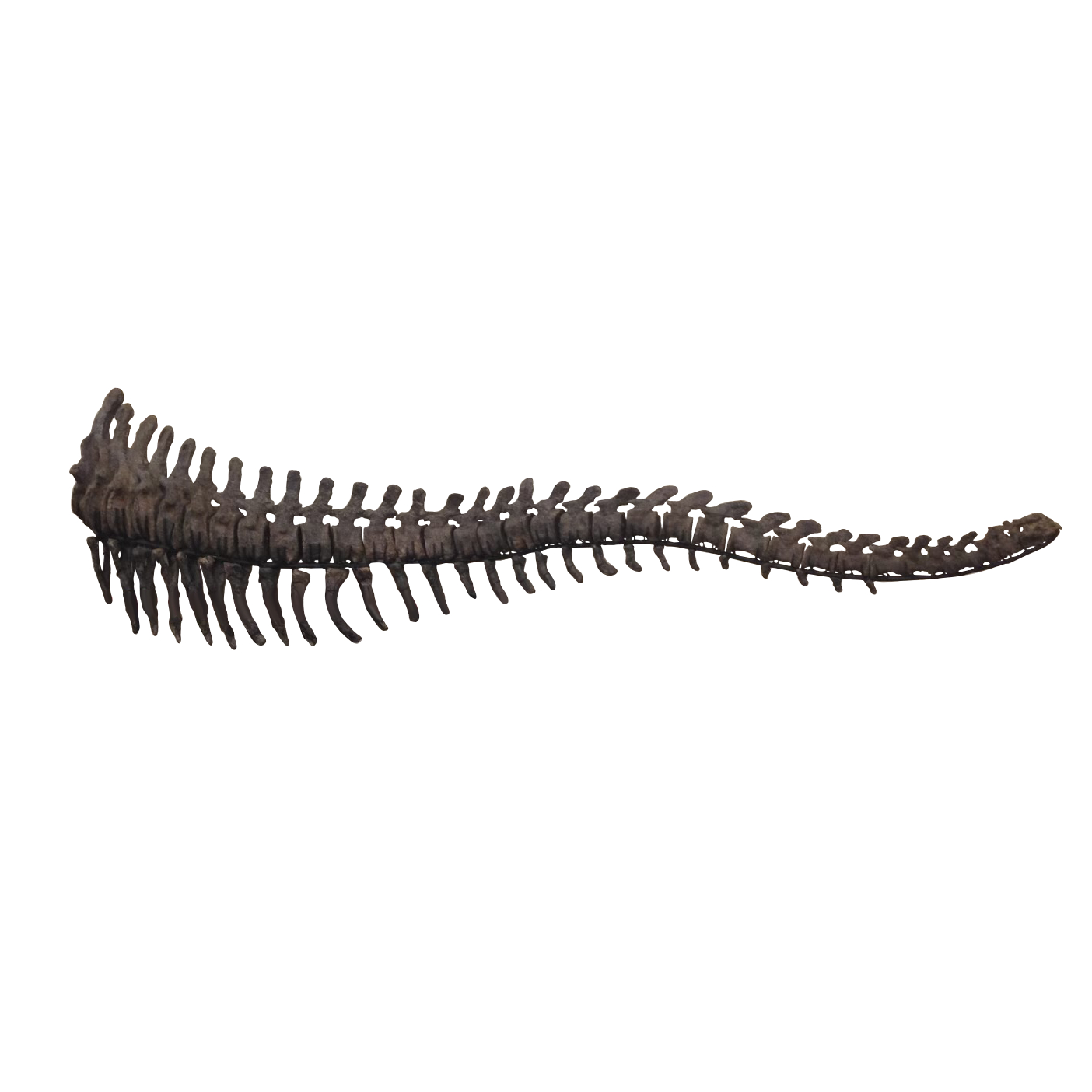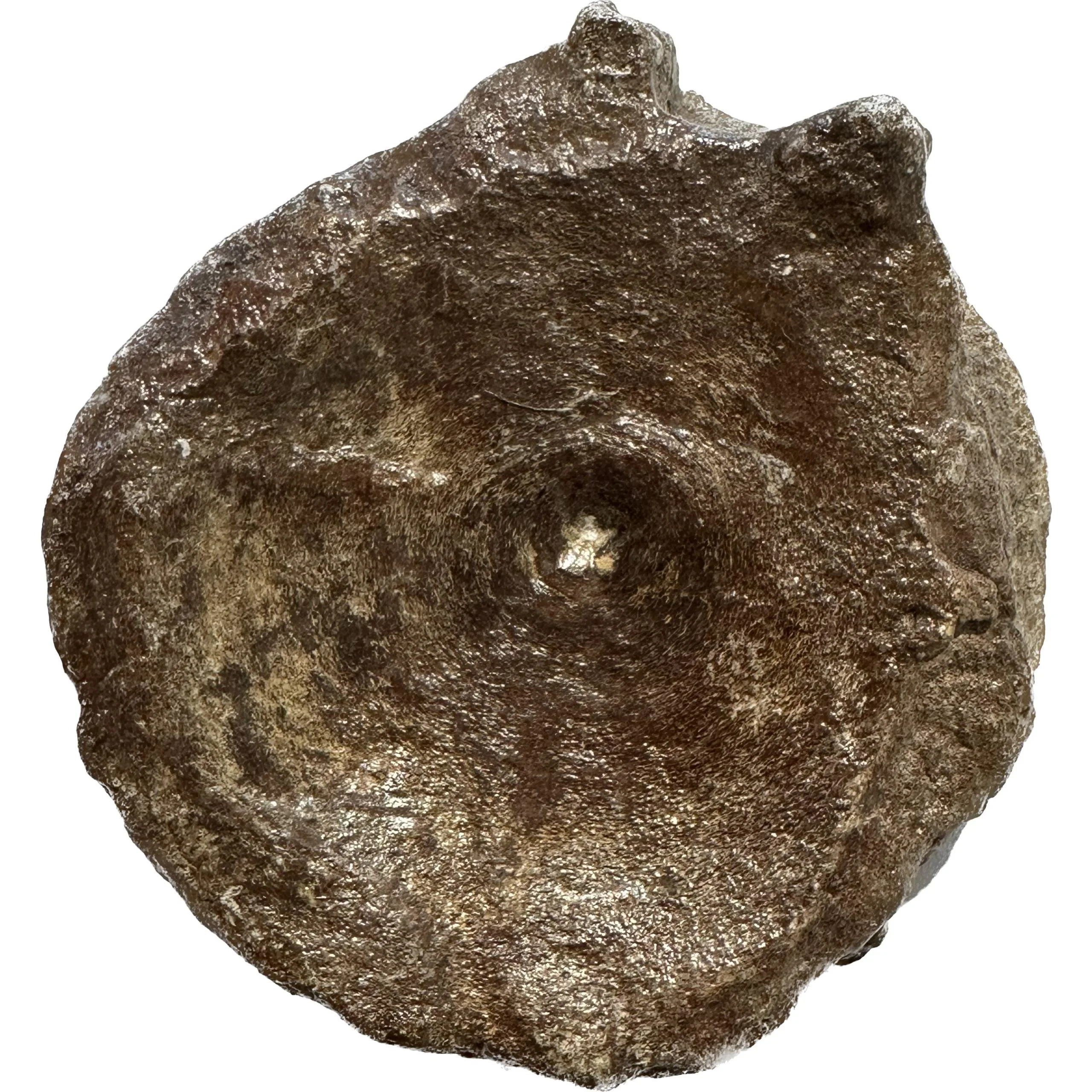Triceratops Leg Bone Wyoming, 66 MYO, Humerus
Triceratops, one of the most iconic and recognizable dinosaurs, roamed North America during the Late Cretaceous period, approximately 68 to 66 million years ago. As a member of the Ceratopsidae family, Triceratops is well-known for its distinctive three-horned face, large bony frill, and sturdy, rhinoceros-like body. The name “Triceratops” translates to “three-horned face,” a fitting description for this remarkable herbivore.

Triceratops was a massive dinosaur, with adults typically measuring about 9 meters (30 feet) in length and weighing between 6 and 12 tons. It stood about 3 meters (10 feet) tall at the hips, making it one of the largest ceratopsians. The most striking features of Triceratops are its three facial horns: two long horns above the eyes and a shorter horn on the nose. These horns, along with its large, bony frill, likely served multiple purposes, including defense against predators, species recognition, and display during social interactions or mating rituals.
The bony frill of Triceratops, which extended from the back of its skull, was not only a defensive structure but also a display feature. The frill was large and broad, adorned with epoccipitals (small bony projections) along its edge. The frill’s exact function is still debated among paleontologists, but it likely played a role in thermoregulation, muscle attachment, and species identification. Some scientists believe that the frill could have been used to protect the neck and shoulders from predators like Tyrannosaurus rex, which coexisted with Triceratops in the same habitats.
Triceratops had a unique beak-like mouth equipped with a battery of shearing teeth arranged in groups known as dental batteries. These teeth were constantly replaced throughout the dinosaur’s life, allowing it to process tough, fibrous plant material effectively. Triceratops primarily fed on low-growing vegetation, such as ferns, cycads, and possibly angiosperms (flowering plants), which were abundant during the Late Cretaceous period. Its strong jaws and specialized teeth enabled it to slice through vegetation and grind it efficiently, making it a highly effective herbivore.
Fossil evidence suggests that Triceratops lived in herds, a behavior that would have provided protection against predators and facilitated social interactions. Herding behavior is inferred from the discovery of multiple Triceratops fossils found in close proximity to each other, although solitary individuals are also common in the fossil record. Juvenile Triceratops, which had proportionally shorter horns and frills than adults, indicate that the horns and frills developed as the dinosaur matured, possibly signaling their readiness for mating or other social behaviors.
The discovery of Triceratops fossils has primarily occurred in the Hell Creek Formation, which spans parts of Montana, North Dakota, South Dakota, and Wyoming. This formation is renowned for its rich deposits of Late Cretaceous fossils, providing a detailed glimpse into the ecosystem in which Triceratops lived. The Hell Creek Formation also contains fossils of other well-known dinosaurs, including Tyrannosaurus rex, Ankylosaurus, and Edmontosaurus, painting a vivid picture of the diverse and dynamic environment of the Late Cretaceous.

The extinction of Triceratops, along with many other dinosaur species, occurred around 66 million years ago during the Cretaceous-Paleogene (K-Pg) extinction event. This mass extinction, likely caused by a combination of volcanic activity, climate change, and the impact of a large asteroid or comet, led to the demise of about 75% of Earth’s species, including all non-avian dinosaurs. The K-Pg boundary marks a significant turning point in Earth’s history, leading to the rise of mammals and the eventual dominance of humans.
Triceratops has become a cultural icon, appearing in numerous books, films, and other media. Its distinctive appearance makes it a favorite among dinosaur enthusiasts and a symbol of prehistoric life. The ongoing fascination with Triceratops drives continued research and discoveries, furthering our understanding of this remarkable dinosaur and its role in the ancient ecosystems of North America.
Prehistoric 101 (Learn about fossils, minerals, and meteorites)
Tyrannosaurus Rex: The Dinosaur for All
Trex: Learn all About Tyrannosaurus
America’s Trex: Smithsonian Institution
Discovering Prehistoric Life and Fossils

